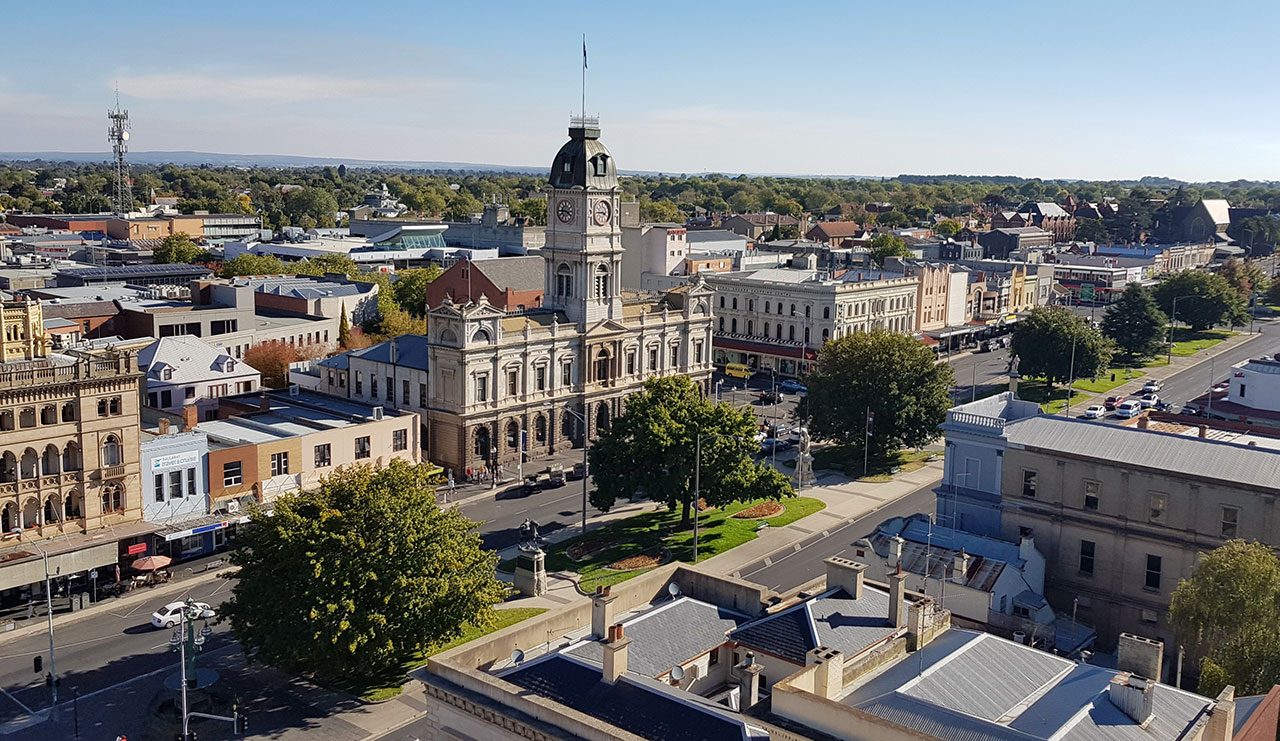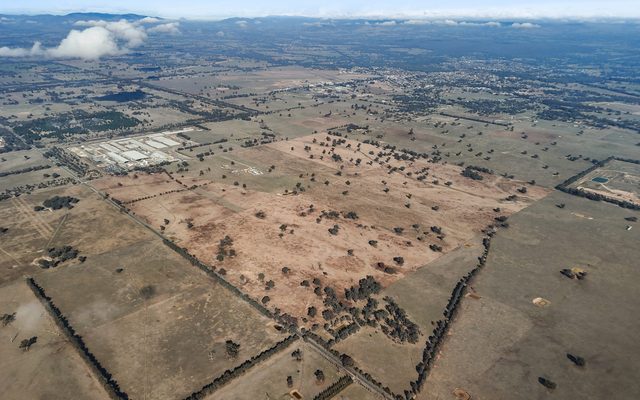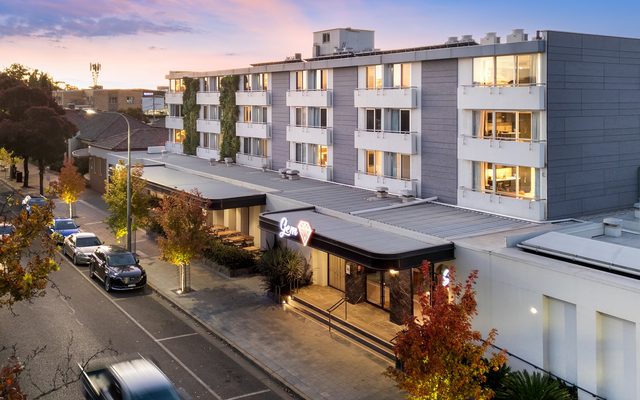This article is from the Australian Property Journal archive
AFTER COVID lockdowns fuelled record-breaking growth rates in regional dwelling prices, interest rate hikes, affordability constraints, falling sentiment and high inflation are catching up with the regions, but they may be more insulated from the climate than the capital cities.
CoreLogic’s latest quarterly Regional Market Update shows NSW and Queensland’s beach and country hot spots have been the first to register a quarterly fall in house values, as the largest 25 non-capital city regions still recorded an increase in house values over 12 months.
NSW’s Riverina region was the best performer among regional house markets, with dwelling values jumping 27.8%, followed by Queensland’s Wide Bay and the New England and North West regions of NSW, up 26.8% and 26.4% respectively.
The lowest yearly growth rate among the 25 regions was Ballarat in Victoria, at 7.4%, followed by Bunbury in Western Australia (9.5%).
Annual figures show regional dwelling values jumped 17.0%, continuing to outpace the combined capitals, which saw dwelling values rise 5.4% over the same period. However, quarterly growth in regional dwelling values has slowed from a peak of 6.4% in December last year to -0.2% over the three months to July, with 10 regions recording declines in the period.
CoreLogic economist Kaytlin Ezzy said a number of the regional areas that previously saw some of the strongest growth over the COVID period are now showing weaker selling conditions as consecutive rate hikes, affordability constraints, falling consumer sentiments and high non-discretionary inflation put further downwards pressure on demand.
“As interest rates move higher and affordability pressures mount, it is likely the decline in values witnessed in capital cities will become more widespread and impact regional areas,” Ezzy said.
“Value declines are already being seen across more expensive regional markets, while the pace of growth has eased considerably across the combined regions’ broad middle and lower quartile markets,” she said.
“However, as Australia’s housing market moves further into the downwards phase of the cycle, it’s possible the regional areas will be slightly more insulated than the capitals, thanks to these markets’ relative affordability and low advertised supply levels. Additionally, the strong growth that’s occurred over the past two years should help cushion regional homeowners from the most extreme effects of the cycle’s downturn.”
The largest quarterly falls in house prices occurred in the Richmond-Tweed region, down 4.5%, followed by Illawarra (down by 3.5%) and Southern Highlands and Shoalhaven (by 3.0%), all in NSW. The popular Sunshine and Gold Coasts also saw house values decline over the past three months, down 2.5% and 1.2% respectively.
“Typically, markets with a higher median value tend to lead the broader market when shifting through different cycles. After recording some of the strongest value growth throughout the COVID period, each of these areas now have a median house value in excess of $1 million,” Ezzy said.
“As we move further into the downward phase of the cycle we would expect to see this decline in values to spread into more regional areas.”
The Gold Coast, however, recorded the highest annual increase of the regional unit markets, up 23.7% as apartment supply on the glitter strip plummeted to record lows this year. NSW’s Capital Region recorded a 22.0% uplift, while at the other end of the scale, Townsville was the only region to record a decline in unit values over the past year, down 4.7%.
All but one region saw an annual increase in unit values, seven saw unit values fall over the three months to July. Richmond-Tweed was down 3.8% for the largest quarterly fall in unit values, followed by Victoria’s Ballarat and Geelong regions, which were down 3.2% and 1.9% respectively.
Seachanges and treechanges spur sales activity
Pandemic-prompted seachanges and treechanges fuelled an increase in sales activity across regional Queensland, lifting the national regional sales volumes 1.4% higher in the year to May, and almost 30% above the five-year average. The Sunshine State had the top three regions with the largest increase in sales volumes in the 12 months to May, with dwelling sales across Townsville up 34.2%, followed by the Mackay–Isaac–Whitsunday region (29.6%) and Central Queensland (28.1%)
However, falls in dwelling transaction volumes occurred in 15 of the 25 regions. Sales were down 19.7% in the Southern Highlands and Shoalhaven region in NSW, followed by Latrobe–Gippsland, in Victoria (by 16.4%) and Richmond–Tweed (14.8%).
Ezzy said that while sales activity across some of these regional markets is down compared to the previous year, this is off the back of some extremely high sales volumes recorded the year prior. All but one of the markets analysed recorded a rise in dwelling sales compared to the regions previous five-year average.
Houses sold fastest in Toowoomba, where the median time on market fell from 23 to just 12 days in the year to July, Queensland’s Gold Coast and Tasmania’s Launceston and North East regions were second, each recording a median time of 17 days.
The New England and North West region was the slowest-selling, where the median time on market was 43 days, albeit an improvement from the 72 days it took to sell a property a year earlier.
“While most markets are still recording faster selling times compared to this time last year, median days on market and vendor discounting figures have been creeping up, suggesting buyers were starting to reign back some control,” Ezzy said.
“While inventory levels remain low across the combined regional areas, the trend in newly listed properties is starting to normalise. As more properties come onto the market, vendors will potentially have to make more concessions when trying to secure a sale.”




